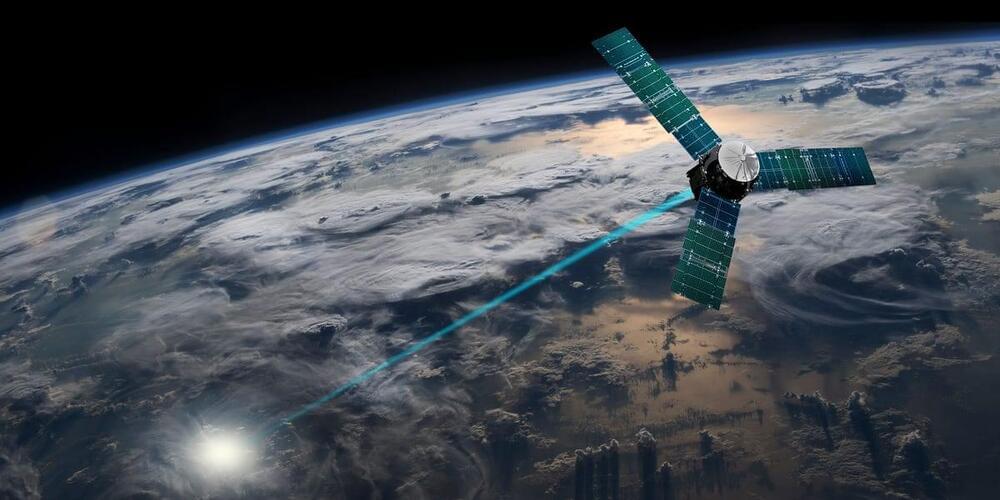An Iranian cosmologist has recently suggested another way we could look for extraterrestrial life in our universe. Could it be, he wonders in a new paper (which appears now on the preprint site arXiv), that these advanced alien civilizations are using Dyson spheres around primordial black holes as a way to gather energy? And, if so, how could we look for the signs? His work makes some big assumptions that may not be justified, but this specific type of cosmology has always been a little far out—and it’s where the biggest insights can sometimes lie.
Shant Baghram is a physicist at the Sharif University of Technology in Tehran. His new paper, which is an unusual solo work in a long career of collaboration with colleagues and graduate students, is a quick-and-dirty introduction to ideas like SETI (the Search for Extraterrestrial Intelligence), the Drake equation, and the Dyson sphere—all hallmarks of those who theorize about alien civilizations.

